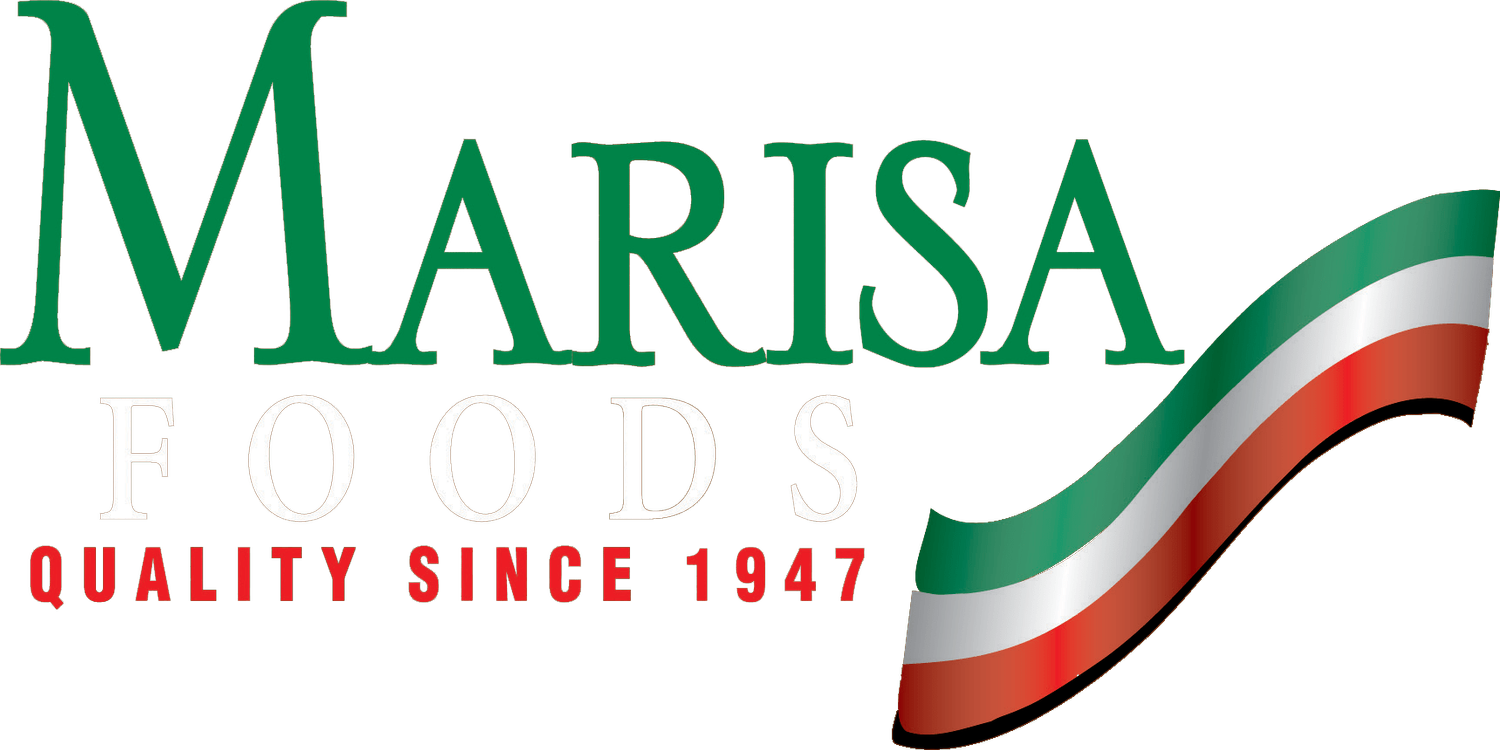The 7 Principles That Make Up an Effective HAACP Plan
An internationally recognized method of managing and identifying food safety-related risks, Hazard Analysis Critical Control Points are necessary to develop an effective food safety program. HAACP is a type of management system that addresses food safety through the control and analysis of physical, biological, and chemical hazards from the production to consumption stages. Currently, many of the top manufacturers and vendors in the world utilize the system as the foundation of their food safety management programs. Through careful analysis of various hazards and where in the food manufacturing process they occur, it is possible to minimize food safety risks.
How Can an HAACP Plan Help With Food Safety
Properly implementing an HAACP plan can improve customer satisfaction and reduce the likelihood of a recall by controlling and identifying potential hazards originating from facility processes, the handling of raw materials, and human error. When employees develop a firm understanding of your HAACP program, it will be more likely to be successful.
HAACP principles align with the U.S. Food and Drug Administration’s Food Safety Modernization Act for food processors through the use of risk-based preventative controls and hazard analysis.
7 Principles of an Effective HAACP Plan
Photo Credit: Training Express
These steps are vital for making a functional plan.
1. Conduct a Hazard Analysis
Before you start other steps of your HAACP plan, you must perform a thorough hazard analysis. During this step, you and your team will collect and analyze data relevant to the safety of a product, including customer complaints, audit results, product defects, and process performance.
A proper hazard analysis will include the following elements:
Identification of possible hazards
Process steps and ingredients
List of appropriate controls for each potential hazard
In-Depth assessment of each hazard
Identification of preventative measures
You will also need to identify any “significant” hazards that may present themselves during this stage.
2. Determine Critical Control Points
Critical control points are steps at which a manufacturer can apply control. These points are necessary if you want to prevent food safety hazards and reduce their likelihood of occurring. To properly determine these points, you must address potential hazards that could cause injury or illness in the absence of such controls. The information gained by identifying all critical control points is essential to your overall HAACP plan and strategy.
3. Establish Critical Limits
A critical limit is the minimum or maximum value at which to keep a biological, chemical, or physical parameter to avoid the likelihood of a food safety hazard occurring. Critical limits can be utilized to distinguish between unsafe and safe operating conditions at a critical control point. These limits may depend on factors such as:
• Temperature
• Physical dimensions
• Humidity
• Moisture content
• Salt concentration
• Time
The critical limits for food safety may be derived from various information sources such as literature surveys, expert advice, regulatory standards, and experimental results.
4. Develop Procedures for Monitoring
Monitoring is the planned process of observing or measuring various factors to determine whether a critical control point is properly controlled at the established limits. It serves the following purposes:
• Helps companies track their operations in regard to food safety management
• Can be used to uncover deviations at critical control points
• Creates written documentation to use during verification
Unsafe food can result from failing to adequately control manufacturing and handling processes. To prevent this from happening, your monitoring procedures must be effective and continuous. Your monitoring equipment, such as thermometers and timers, must also be precisely calibrated for accuracy.
5. Establish Corrective Actions
HAACP plans should establish strategies to eliminate or prevent food safety hazards. A key purpose of corrective actions is to prevent food products that may be dangerous from reaching consumers. Any deviation from pre-established critical limits calls for immediate corrective actions. Such actions should:
1. Correct and determine the cause of non-compliance
2. Establish the disposition of non-compliant products
3. Record the corrective actions that have been taken
You must develop corrective actions in advance before implementing your HAACP plan.
Your HAACP plan must specify what actions must be taken when a deviation occurs and who is responsible for correcting it. Only team members who thoroughly understand your production processes, product, and HAACP plan should be allowed to take corrective actions.
6. Establish Verification Procedures
The process of verification consists of activities (other than monitoring) that establish the validity of an HAACP plan and whether a company is operating according to the plan. You should institute your verification procedures when first developing and implementing your HAACP plan. A key element of the verification process is determining whether your facility is operating according to your plan. If your plan is effective, there should be little need for end-product testing since adequate safeguards were incorporated earlier in the process. Instead of relying on frequent evaluations of the products of an HAACP plan, you should verify the plan is being properly followed and implement corrective actions if it is not.
7. Establish Recordkeeping and Documentation Procedures
Documenting important events and information should be a core part of your HAACP plan. In most cases, you should keep a detailed summary of your hazard analysis findings, your HAACP plan, support documents (validation records), and records generated during the implementation of the plan.
Maintain the Safety and Quality Standards Your Customers Expect
Here at Marisa Foods we think its critical to have the proper plans in place for the best food safety. Our company utilizes a variety of systems, programs, and technology to help with your food safety goals. We are a registered FDA processing facility and the owner of a USDA-inspected meat plant. We specialize in conducting third-party audits and ensuring our systems are functioning to provide our customers with the safety and quality they demand for their own customers. Contact us today for additional information.



